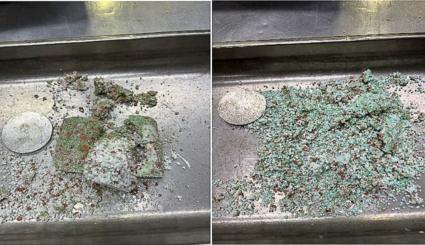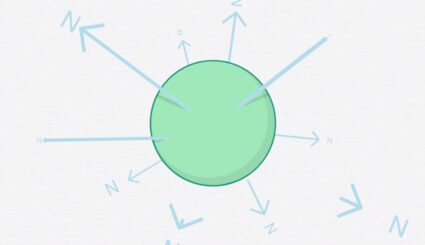Understanding Nitrogen Loss: Leaching
Understanding Nitrogen Loss: Leaching
If you farm in a region with coarse, well-drained soils, chances are you’ve faced the threat of leaching. Many growers combat leaching with additional nitrogen applications, which are costly and time-consuming during already busy farming seasons.
What is leaching?
Leaching is the movement of nitrogen out of the root zone. When crops are over-irrigated or precipitation is excessive, some nutrients may be “washed” away. The valuable crop inputs you invested in move beyond the reach of plant roots, causing the plant to lose out on key nutrients needed for healthy, high-yielding crops. In addition to under heavy precipitation and over-irrigation, leaching occurs most frequently in coarse-textured or sandy, well-drained soils.
With conventional sources, nitrogen sits in the soil in the water-soluble form and can be quickly lost when excess moisture is present. Under severe conditions, leaching can result in losses of up to 50 to 60 percent of your applied nitrogen – so what can growers do to manage or prevent this loss?
Managing leaching: Irrigation
Growers in certain regions use irrigation to deliver optimal moisture to crops without promoting leaching. To ensure adequate irrigation, getting out into the field and testing your soil regularly is vital, as well as having a strong understanding of your topography, soil composition and crop water requirements. Proper irrigation – giving your crop water when it needs it while not over-irrigating – is critical to preventing leaching.
Managing leaching: ESN
Excess moisture can be harmful to crops and is difficult to control during times of heavy precipitation. Applying ESN, a controlled-release nitrogen enhanced-efficiency fertilizer, can significantly reduce the potential for nitrogen loss. ESN is a polymer-coated fertilizer designed to protect nitrogen and allow it to release over a period of about 50 to 80 days during rapid crop growth.
ESN’s polymer membrane allows moisture to diffuse into the granule, creating a nitrogen solution. The solution moves out through the membrane at a rate that is controlled by soil temperature and matches the nitrogen demand of the growing crop. By applying ESN, you know that your crops are getting the nitrogen they need, when they need it.
To learn more about how ESN can help prevent leaching, get in touch with your local ESN representative.


